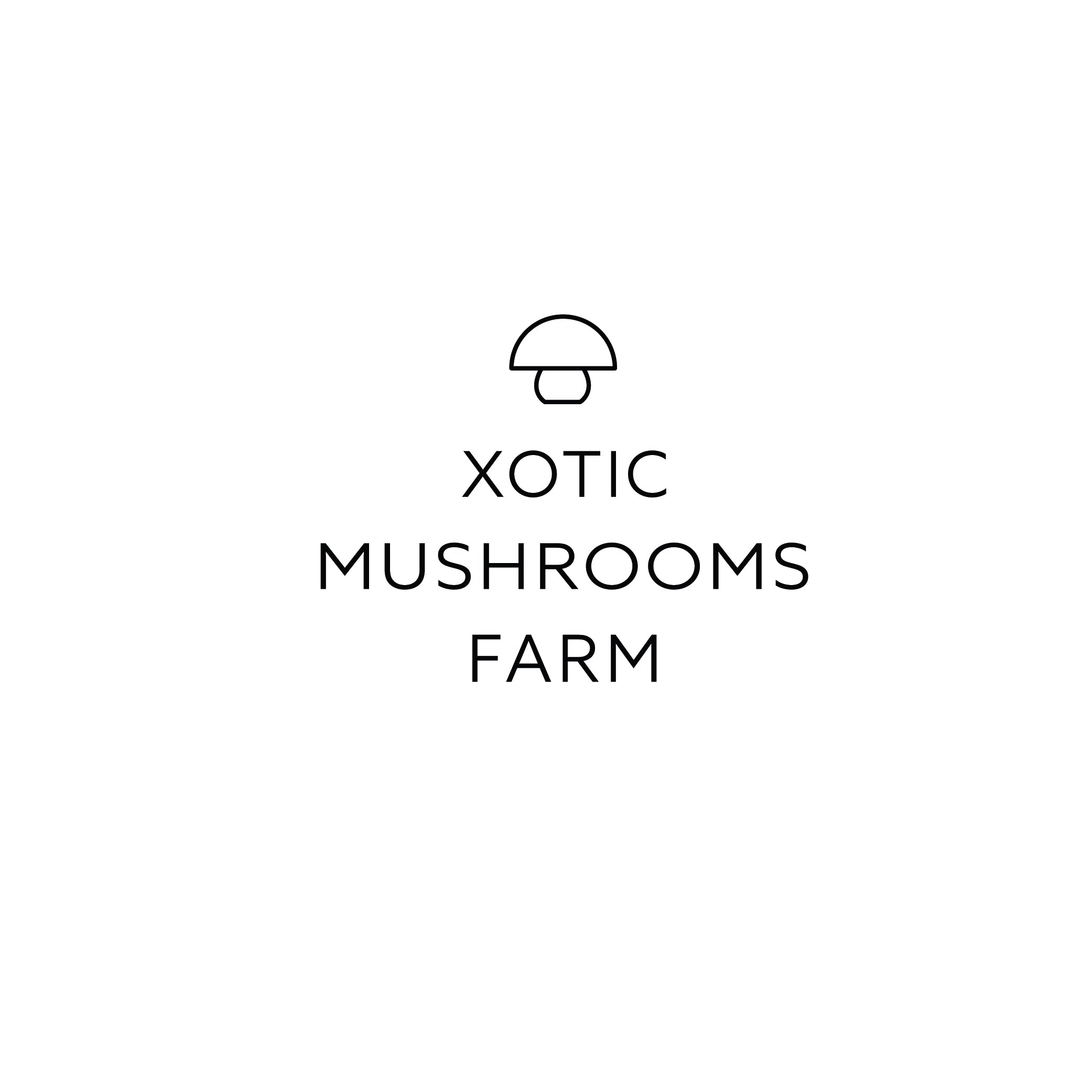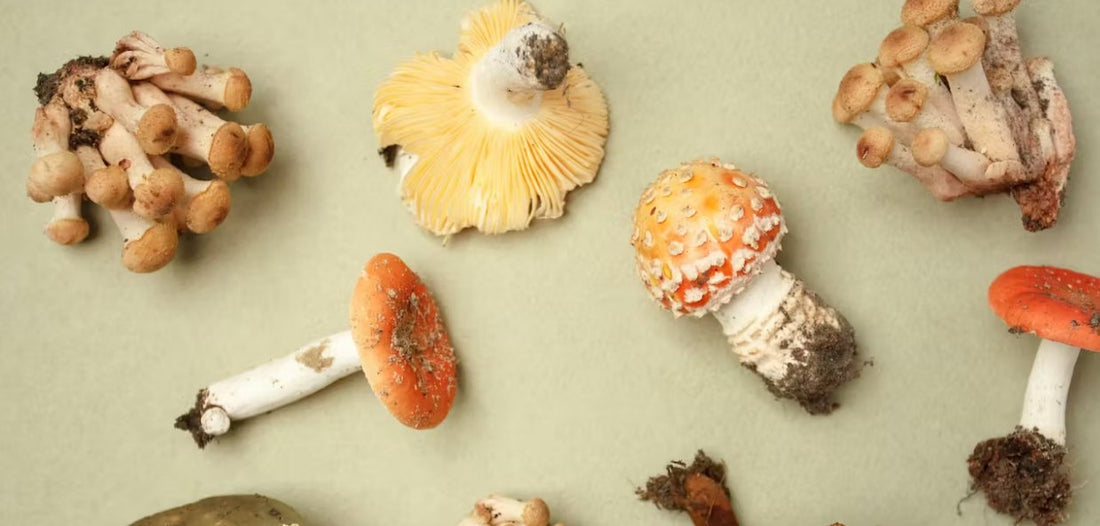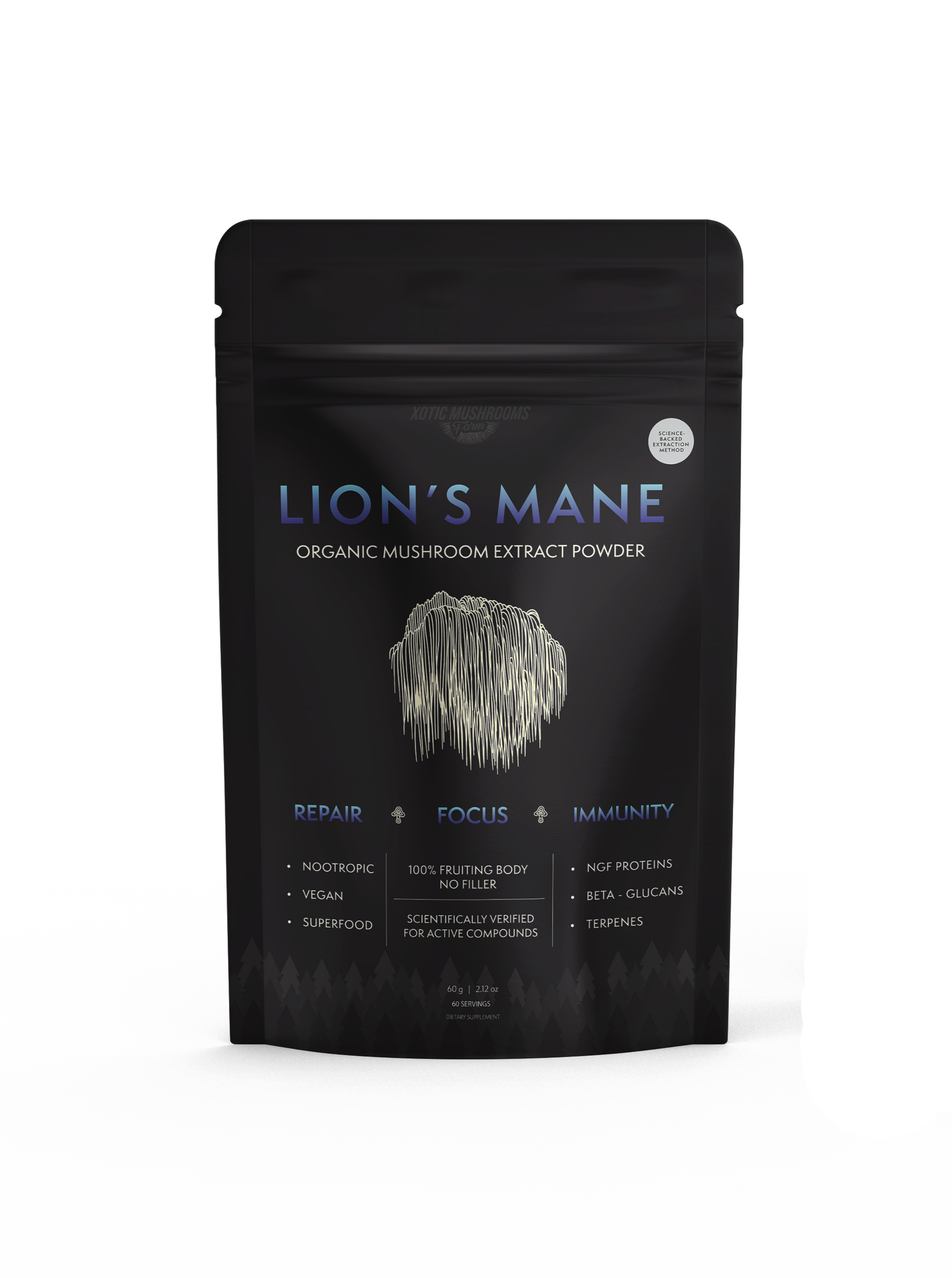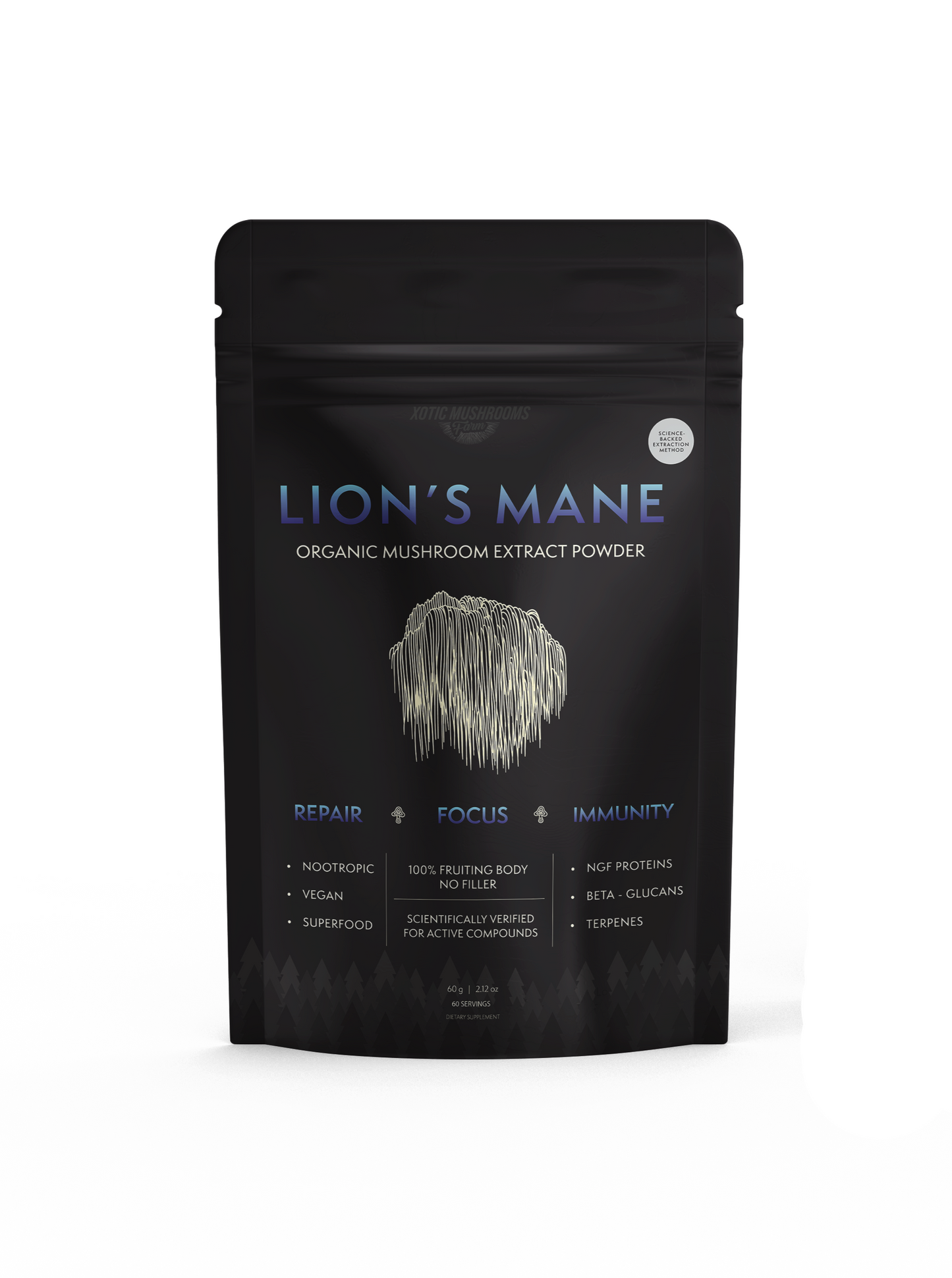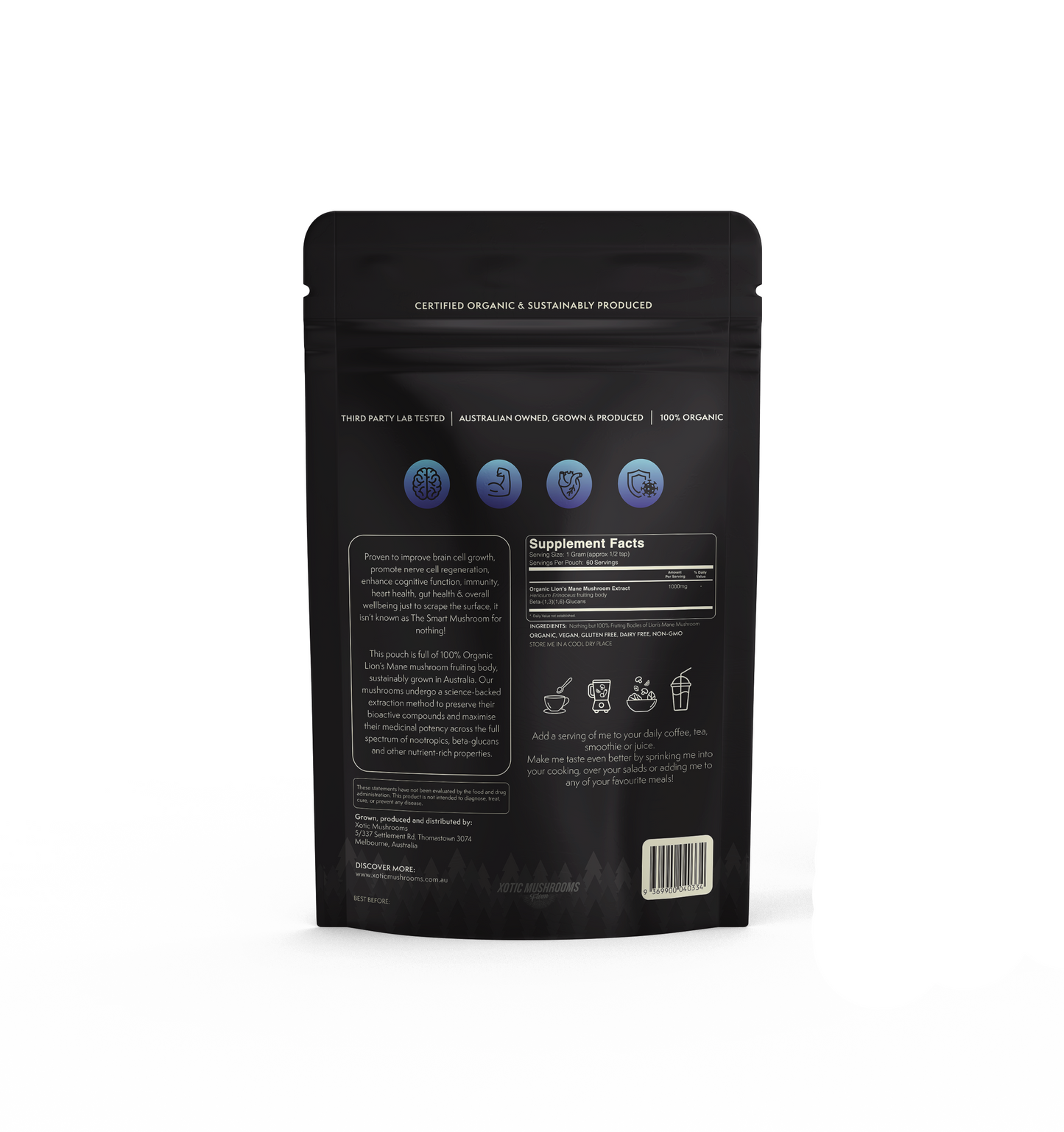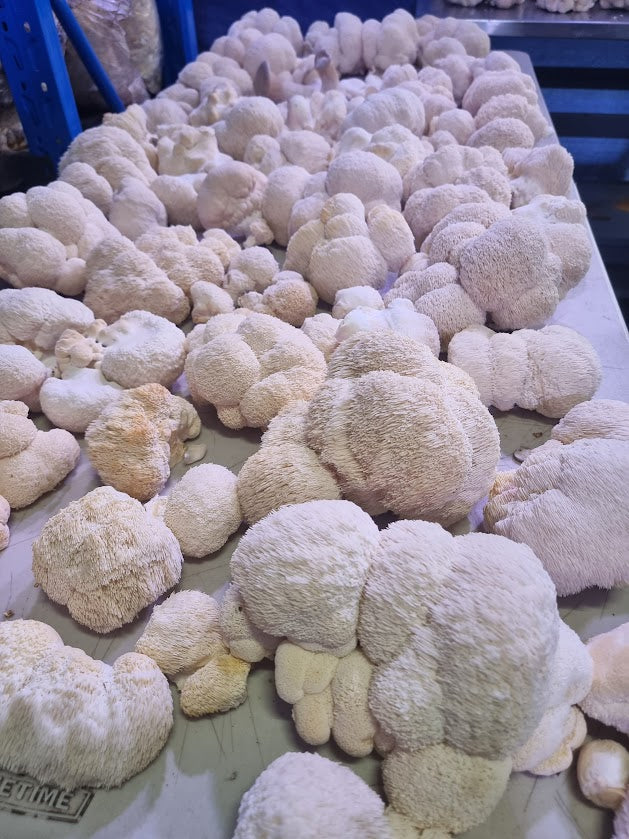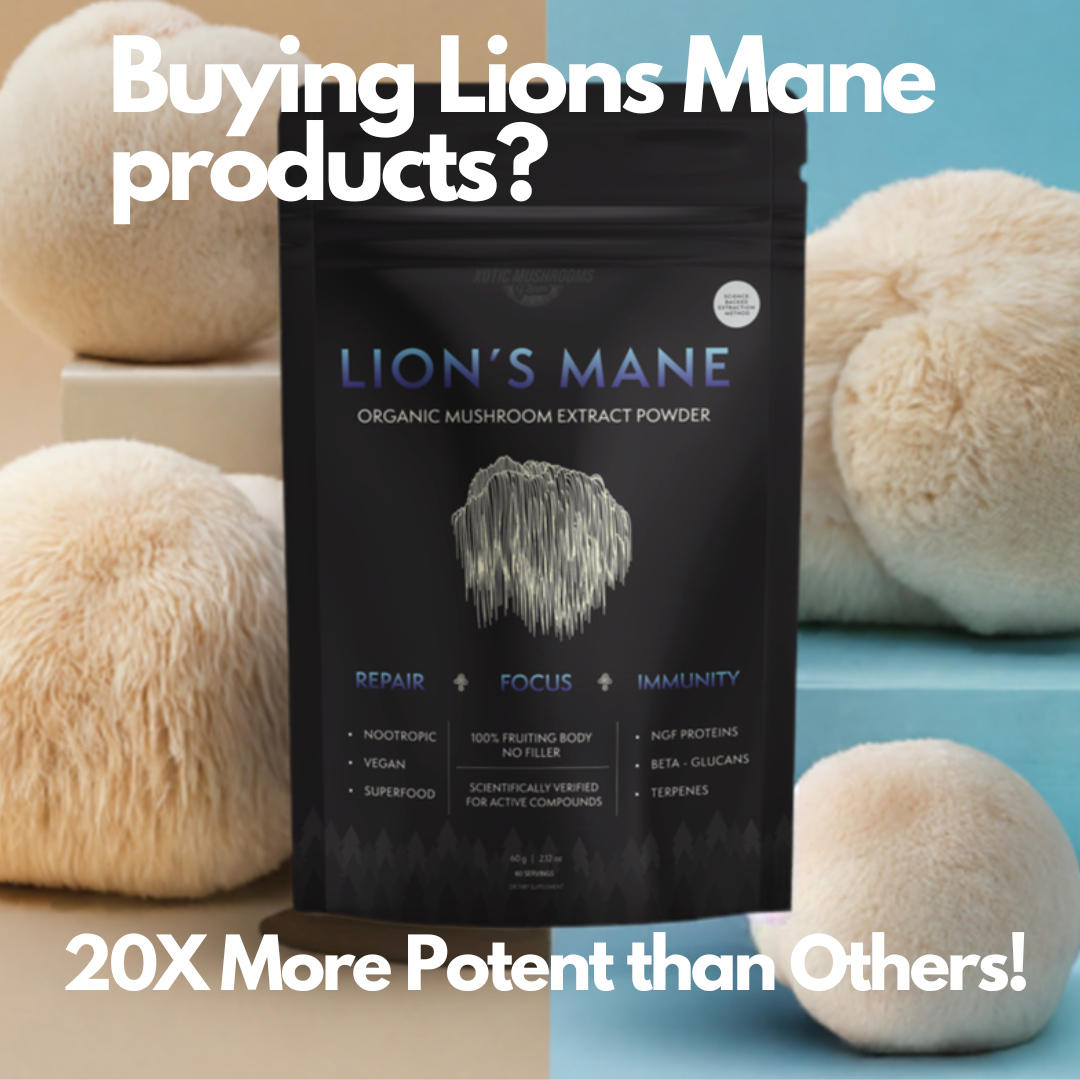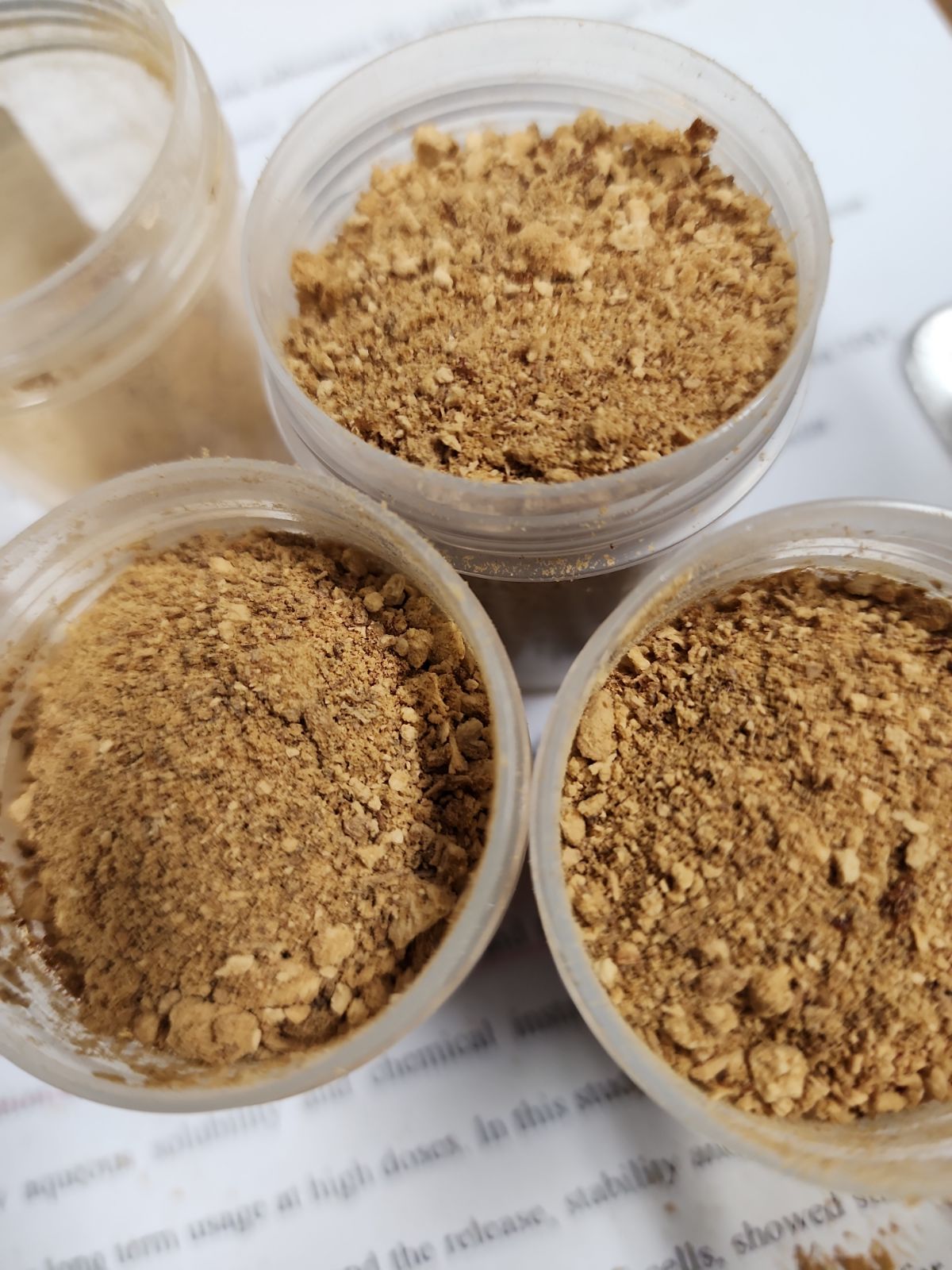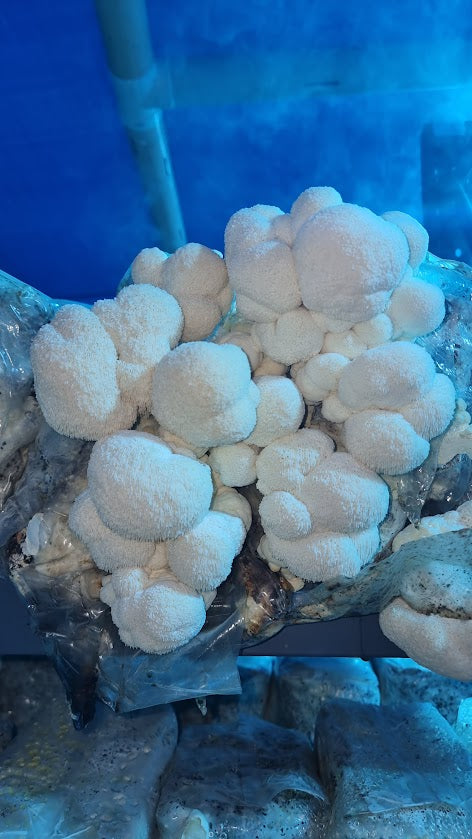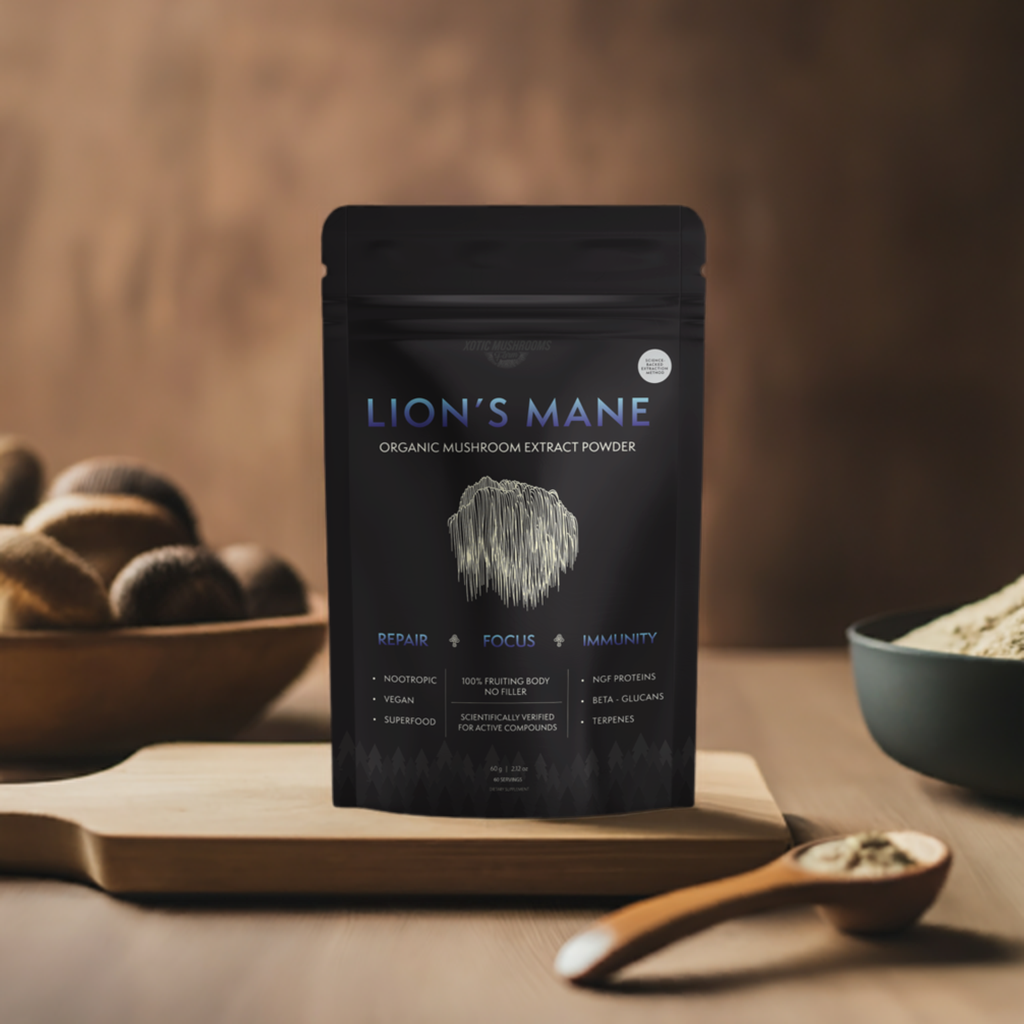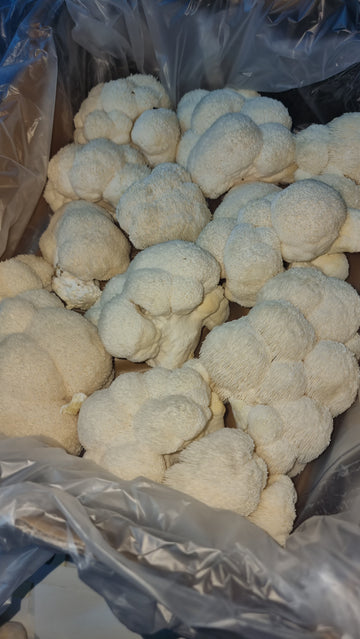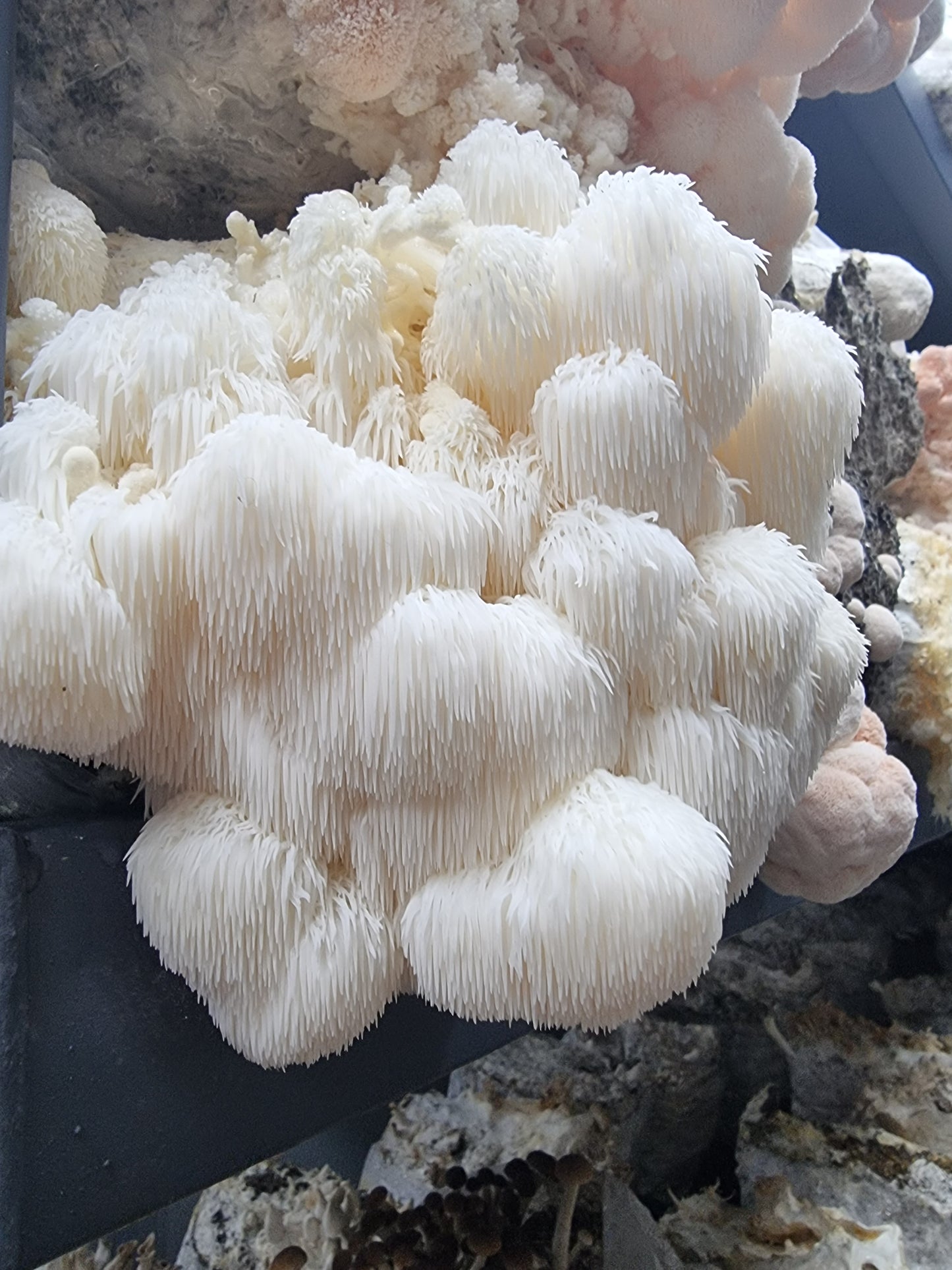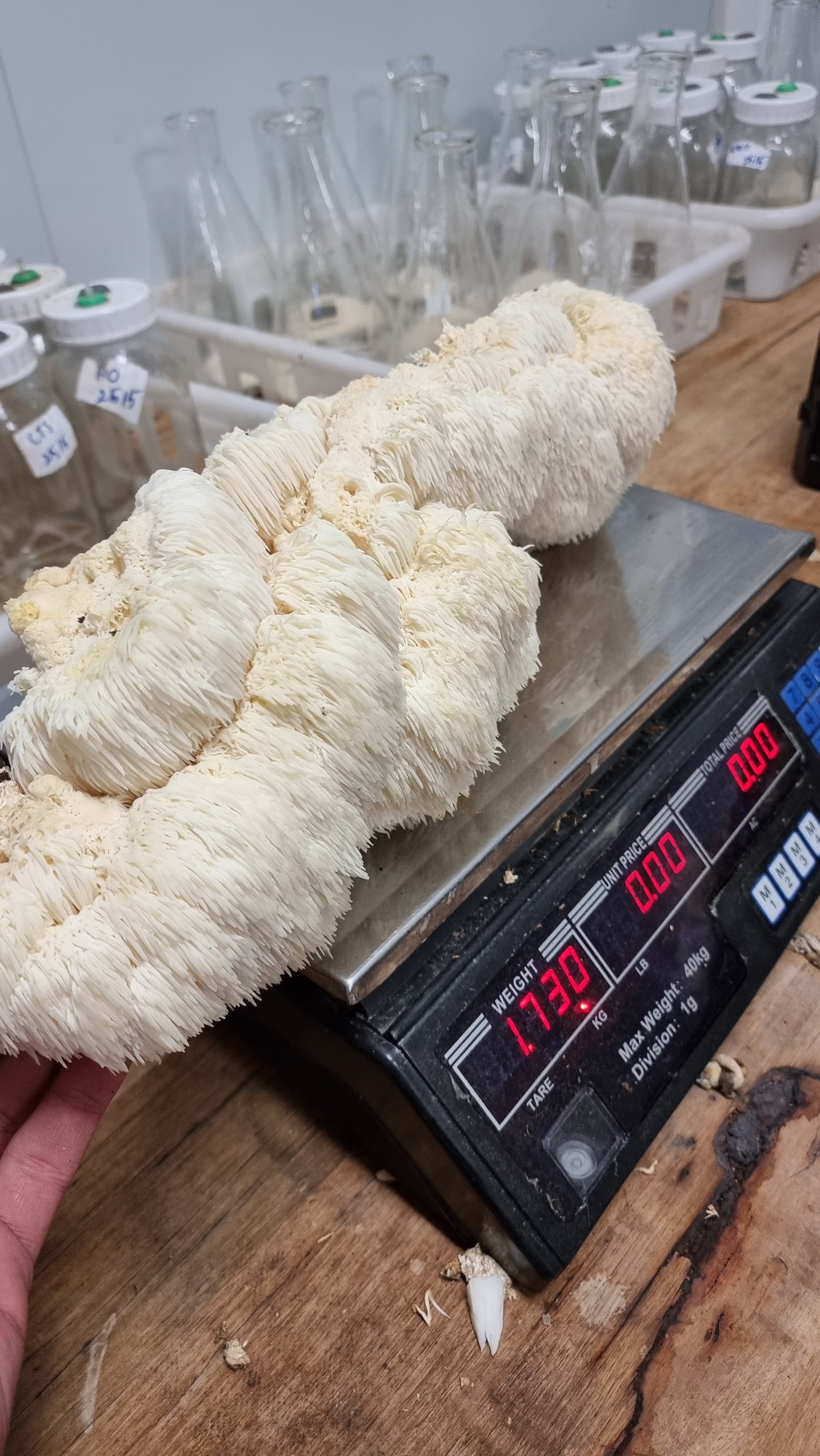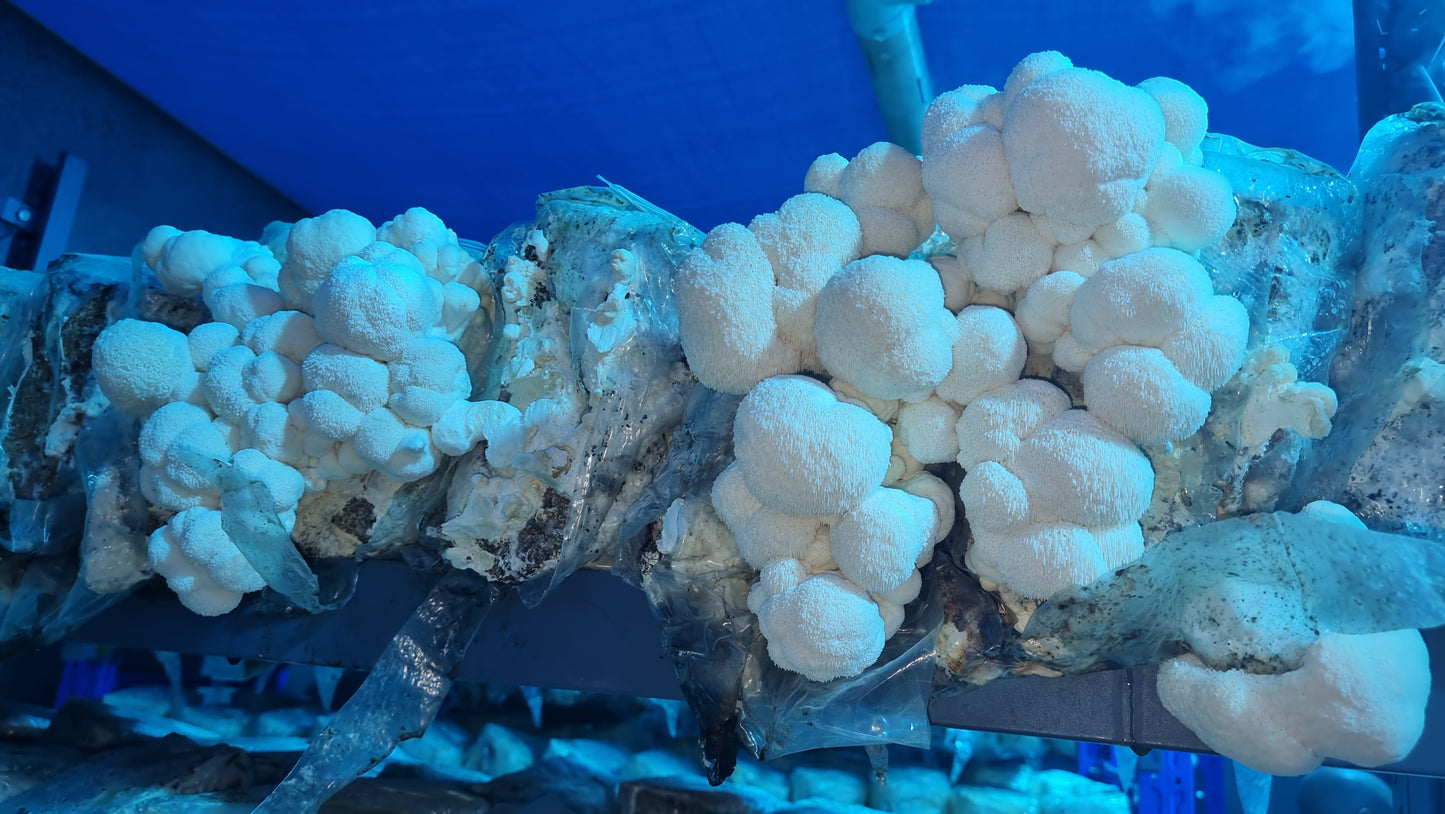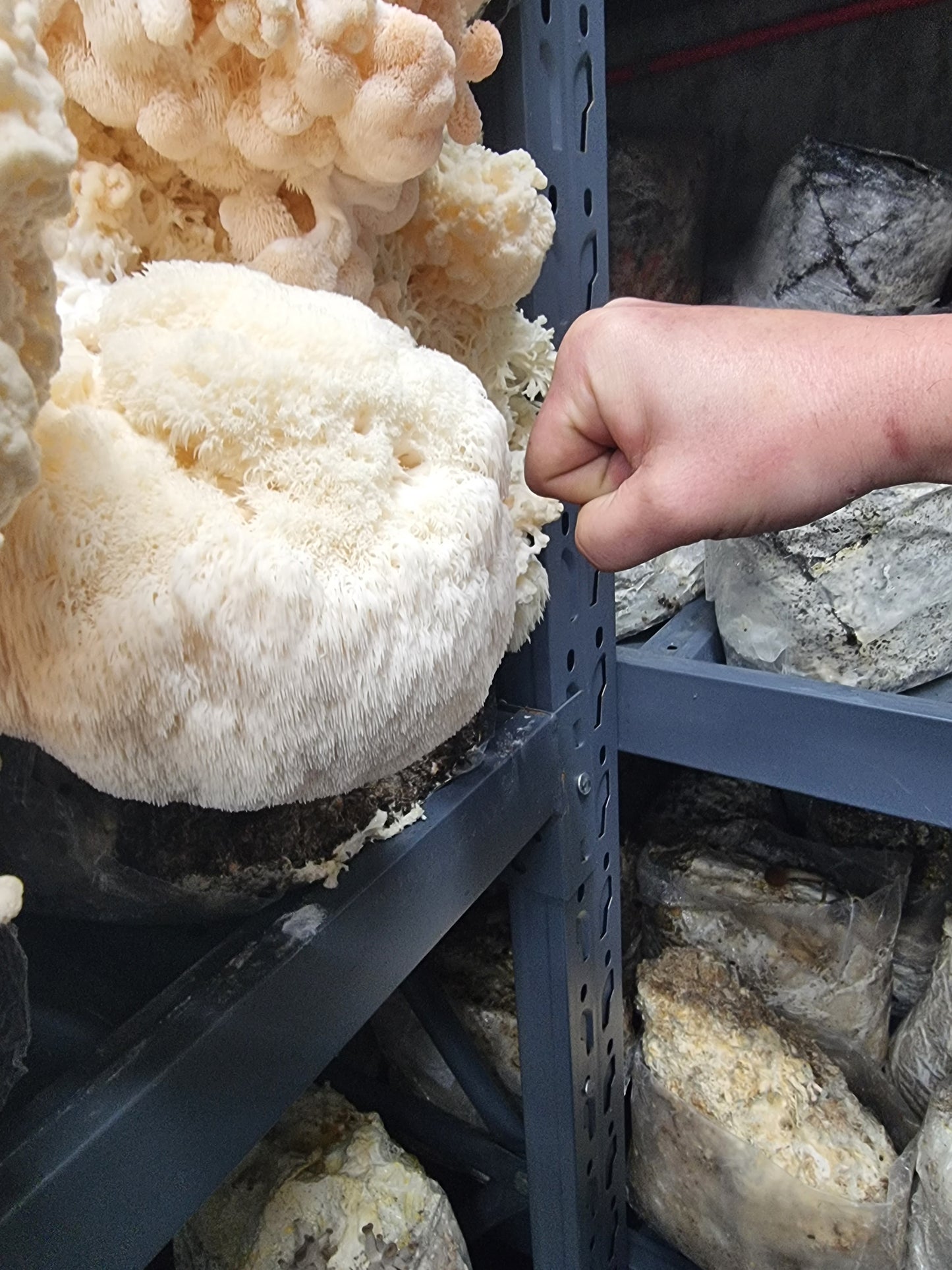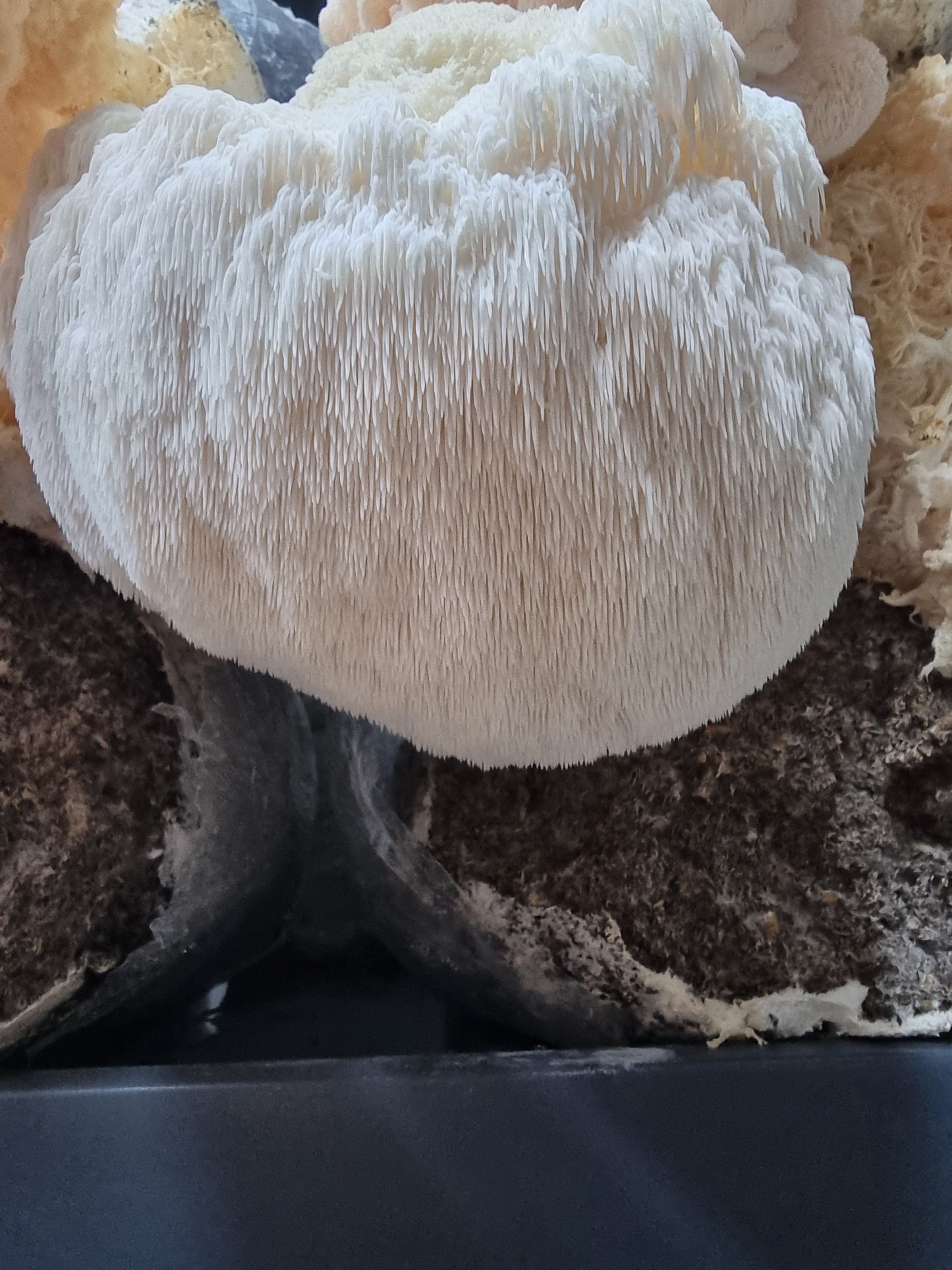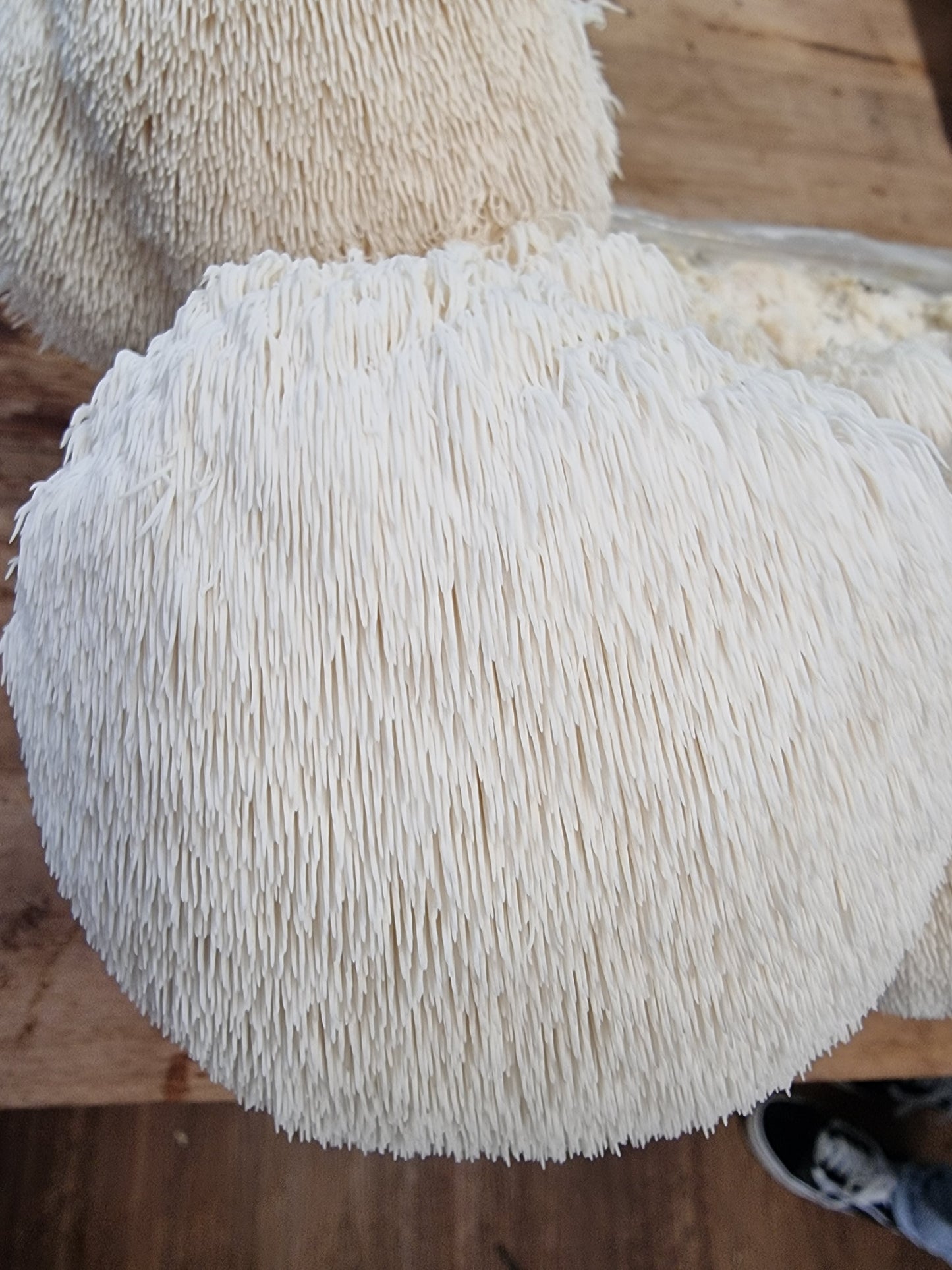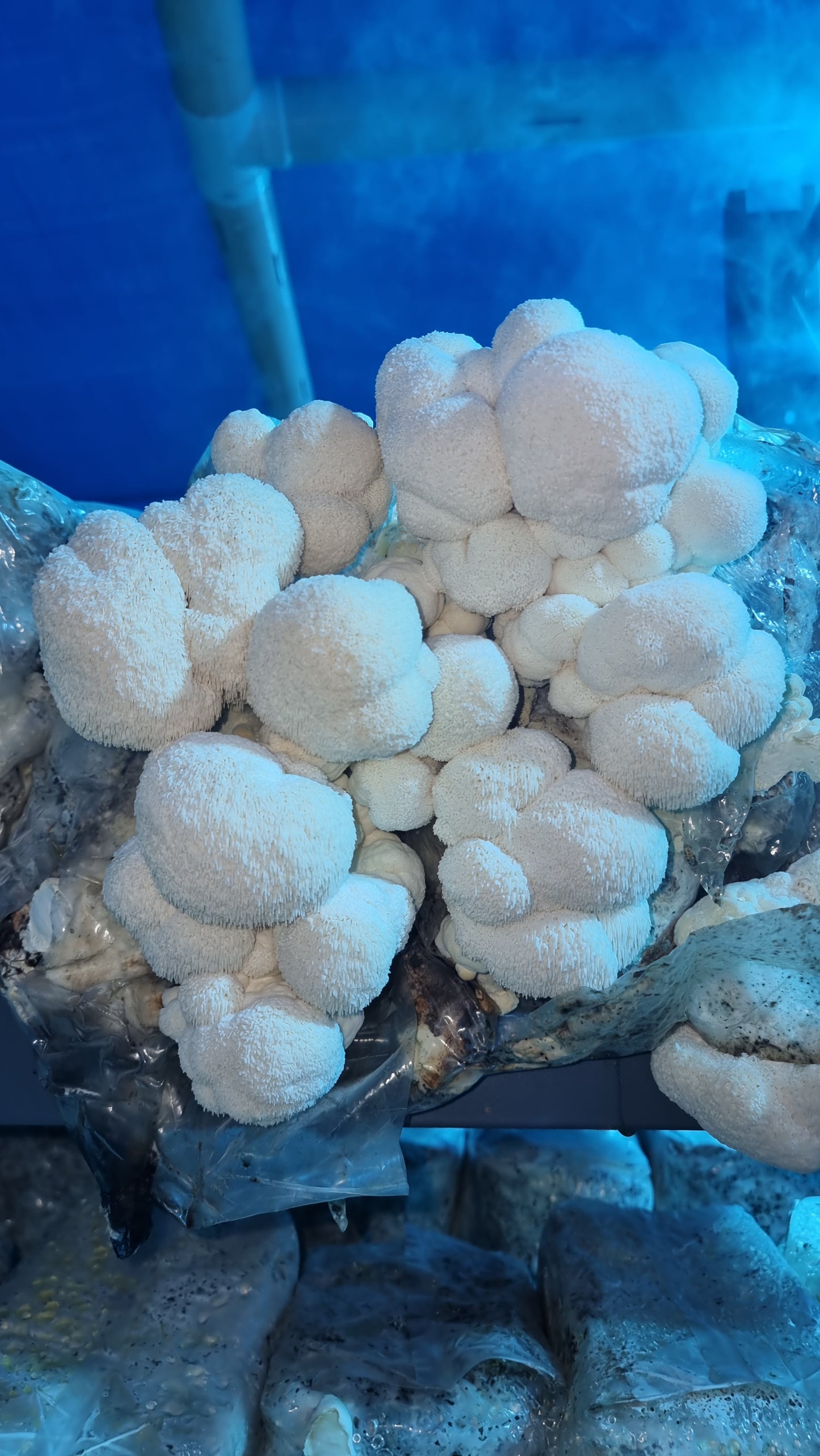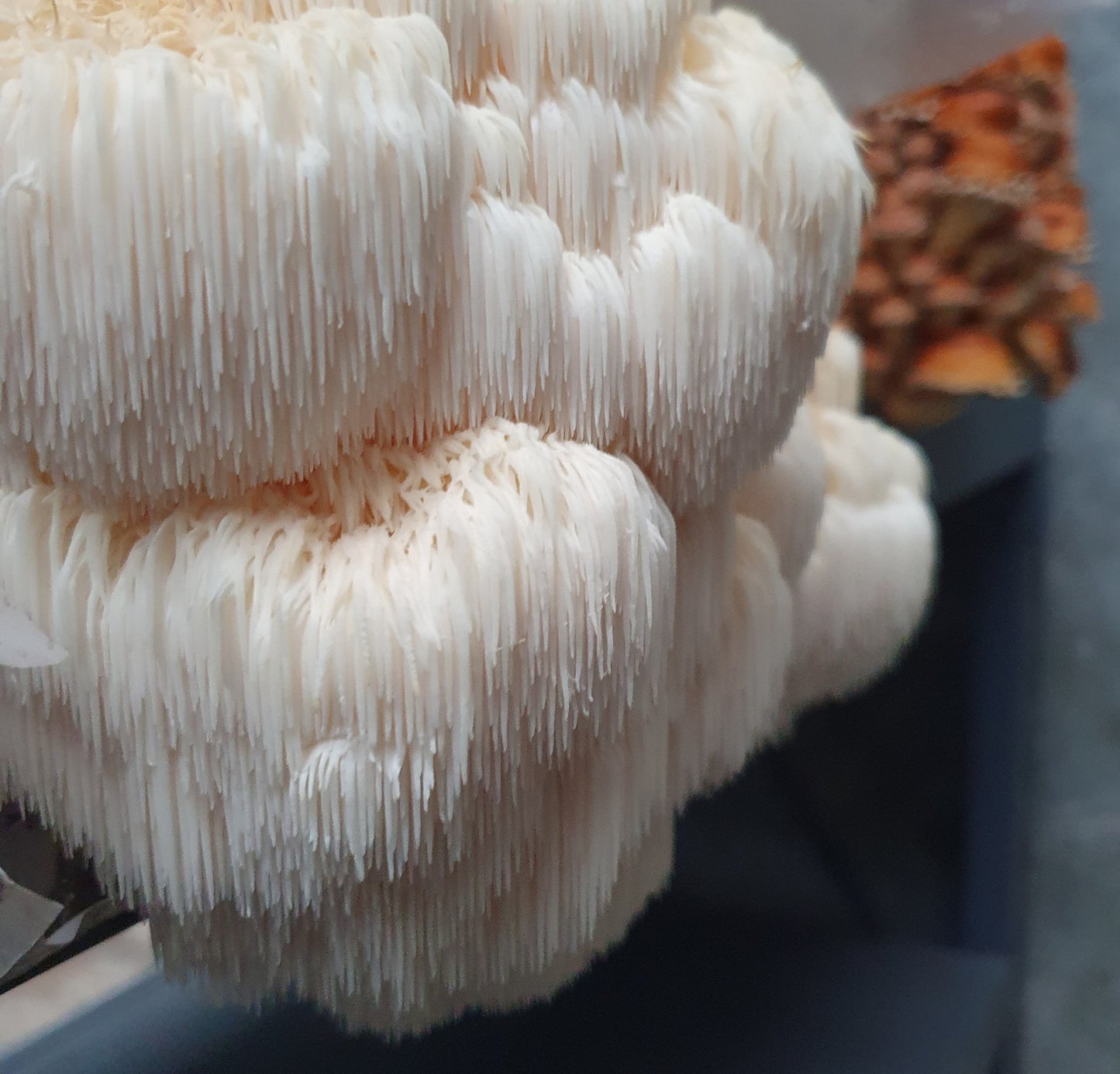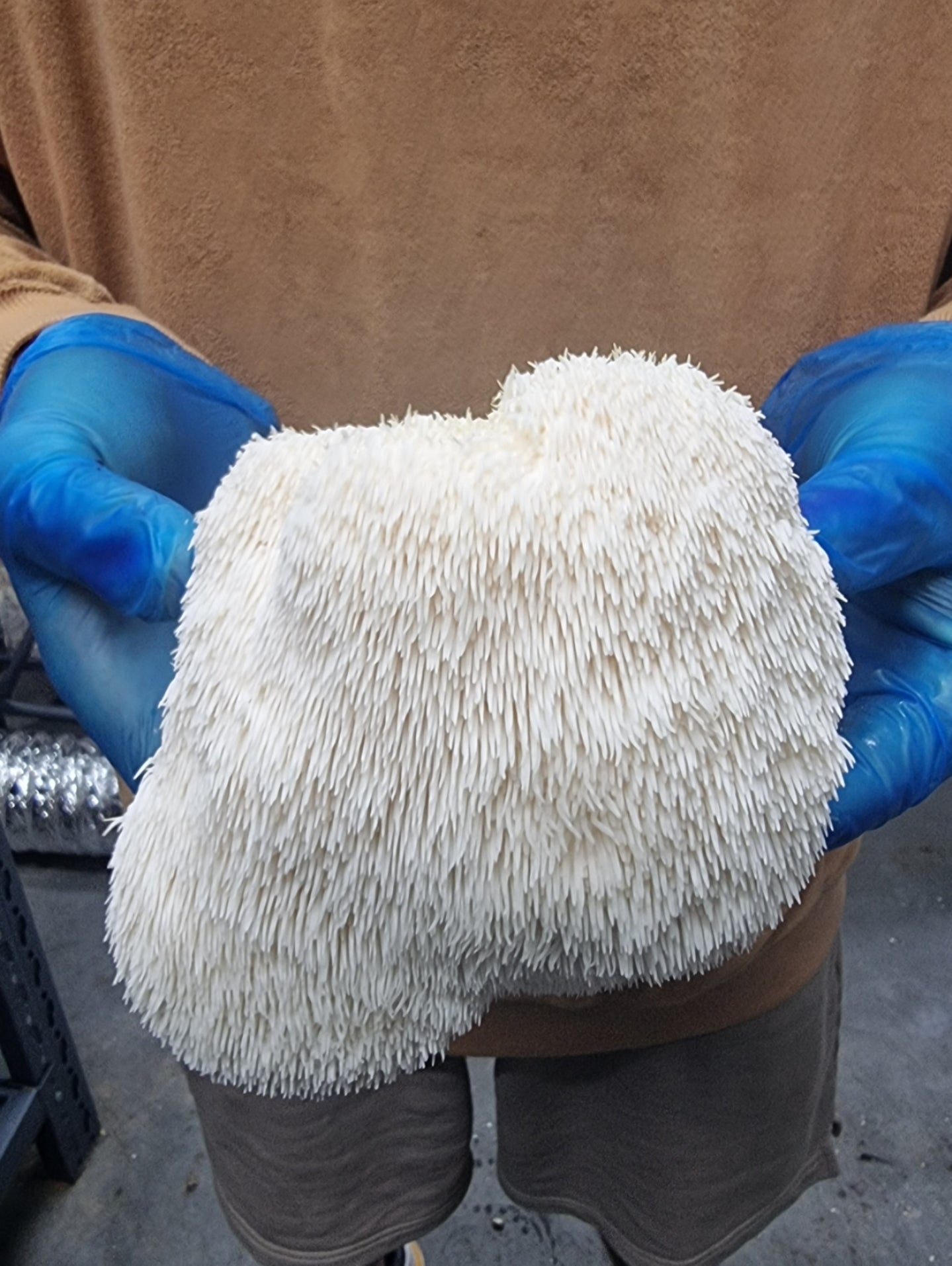Mushrooms, a fascinating part of the natural world, come in a wide array of shapes, sizes, and colors.
While some are delicious and safe to eat, others can be toxic and even fatal.
Learning how to differentiate between poisonous and edible mushrooms is crucial for those interested in foraging for their own food.
In this comprehensive guide, we'll delve into the identifying characteristics of poisonous mushrooms, how to distinguish look-alike varieties, educational resources for mushroom identification, and answer frequently asked questions about mushroom safety.
Identifying Characteristics of Poisonous Mushrooms:
1. Color and Cap Shape:
One of the initial steps in identifying mushrooms is examining their color and cap shape.
The Amanita genus, known for its toxic species, often displays colors ranging from red, orange, yellow, white, to grey.
However, it's important to note that color alone isn't enough to make a definitive identification. Pay attention to other features, such as cap shape and presence of scales or warts on the cap.
2. Cap Texture and Moisture:
Amanita mushrooms stand out with their dry caps, devoid of sliminess or wetness.
This dry texture is a distinguishing feature. Feel the cap to determine whether it's dry to the touch or sticky. If unsure due to recent rainfall, allow the mushroom to dry naturally before further examination.
3. Scales, Warts, and Patches:
Scales or warts on the cap are characteristic of many Amanita mushrooms.
These off-colored patches can vary in appearance, such as brown scales on white mushrooms or white warts on red mushrooms.
Examining these unique markings can provide valuable insights into the mushroom's classification.
4. Base Shape and Presence of Ring:
An often-overlooked indicator is the presence of a bulbous cup around the base of the stem.
This distinct feature is a key identifier for Amanita mushrooms. Additionally, some Amanita species have a ring just below the cap.
The annulus or partial veil, as it's known, can provide further confirmation of the mushroom's classification.
5. Gill Color and Structure:
Turn the mushroom upside down to observe the color of the gills beneath the cap. Amanita mushrooms generally have white or pale gills.
This is a critical feature in distinguishing them from other mushrooms.
Remember, a white spore print, obtained by placing the cap on dark paper overnight, can reinforce your identification.
Identifying Look-Alike Mushrooms:
1. True Morels vs. False Morels:
Distinguishing between true morels and false morels is essential.
True morels have caps fully attached to the stem and a hollow interior, while false morels have caps hanging freely from the stem and a dimpled, fibrous cap interior.
Ensuring correct identification can prevent accidentally consuming toxic false morels.
2. Green-Spored Parasols vs. Shaggy Parasols:
The distinction between green-spored and shaggy parasols is made through spore prints.
A green-spored parasol produces a green or grey spore print, while a shaggy parasol yields a cream spore print.
Knowing this difference can prevent the consumption of toxic green-spored parasols.
3. Chanterelles vs. Jack o'lanterns:
Differentiating between chanterelles and Jack o'lanterns involves examining gill structure.
Chanterelles have false, melted gills, while Jack o'lanterns have true, forked gills.
Further, understanding their growth patterns and habitat can contribute to accurate identification and avoid consuming toxic mushrooms.
4. Honey Mushrooms vs. Deadly Galerina:
The difference between honey mushrooms and deadly Galerina lies in spore prints.
Edible honey mushrooms produce a white spore print, while deadly Galerina mushrooms yield a rusty brown spore print.
Being meticulous when foraging and checking each mushroom can prevent the inclusion of toxic mushrooms.
Educational Resources for Mushroom Identification:
1. Joining Mycological Groups:
Becoming part of local mycological groups is an excellent way to learn about mushroom identification from experts.
Attending meetings and forays with experienced mycologists provides hands-on learning, insights into regional varieties, and a supportive community to enhance your knowledge.
2. Using Local Field Guides:
Acquiring local field guides tailored to your region is invaluable for understanding the mushrooms in your area.
These guides provide detailed descriptions, images, and information on the habitats of various mushrooms, aiding accurate identification during foraging expeditions.
3. Separating Identified Mushrooms:
When foraging, it's prudent to categorize mushrooms into two groups: positively identified and uncertain. This practice involves carrying two baskets, one for confirmed edible mushrooms and another for those needing expert identification.
Consulting mycologists for uncertain mushrooms can prevent potential consumption of toxic varieties.
FAQs About Poisonous and Edible Mushrooms:
Can I rely solely on mushroom color to determine edibility?
While color can offer clues, it's not sufficient for accurate identification. Other features like cap texture, gill structure, and spore prints are equally crucial for distinguishing poisonous from edible mushrooms.
How can I distinguish between true and false morels?
The distinction lies in cap attachment and interior. True morels have fully attached caps and a hollow interior, whereas false morels have freely hanging caps and a dimpled, fibrous interior.
Are there reliable home tests to determine mushroom edibility?
No, there are no universally reliable home tests. The only foolproof method is accurate identification by a mycologist or expert.
What should I do if I've consumed an unidentified wild mushroom?
Seek emergency medical attention immediately if you've ingested an unidentified mushroom or experience symptoms such as vomiting, diarrhea, or difficulty breathing.
Are there any mushrooms with toxic look-alikes that I should be cautious of?
Yes, several toxic mushrooms have look-alikes that closely resemble edible varieties. Understanding their differences, such as gill structure and spore print color, is crucial to avoid consumption of toxic species.
How can I safely learn about mushroom identification and foraging?
Joining local mycological groups, using field guides, and categorizing identified mushrooms are effective strategies. Always prioritize safety and consult experts.
Is it safe to touch mushrooms to determine if they're poisonous?
Yes, touching mushrooms won't cause harm. However, the risk lies in consumption. Toxic mushrooms must be ingested to pose a threat.
Conclusion
Identifying poisonous and edible mushrooms is a skill that requires careful observation and knowledge.
By paying attention to the unique characteristics of different mushrooms and seeking guidance from experts, you can safely explore the world of foraging and enjoy the bounty of nature's fungi.
Remember, accurate identification is paramount for your well-being, so always err on the side of caution and prioritize safety in your mushroom ventures.
